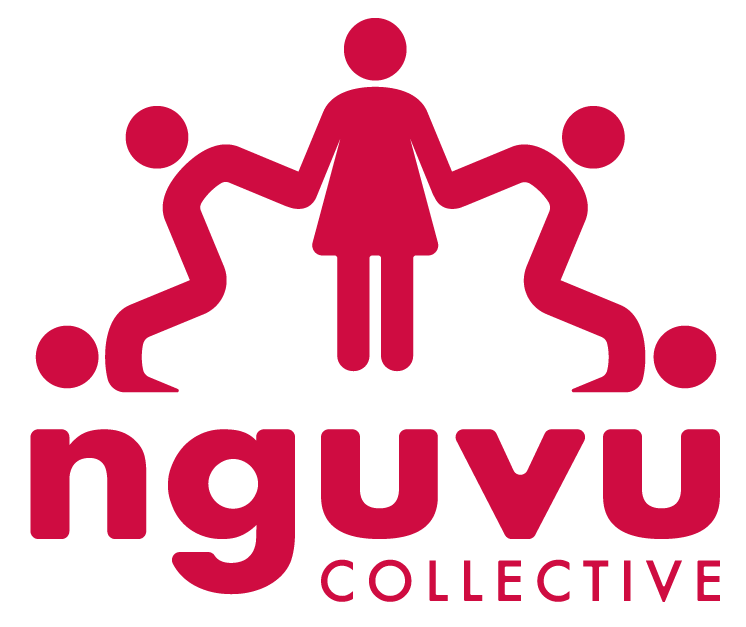
Citizen-powered research led directly by Change Leaders with lived experience of the issues they’re campaigning on can shine the spotlight on new areas of issues that are less talked about.
In 2024, three Nguvu Change Leaders in Kenya, Harriet Afandi, Deborah Monari and Josephine Mwende Kamene, published a report documenting women’s obstetric violence experiences based on a qualitative survey with 189 respondents. In Nigeria, another Change Leader Onor Obassi Egim Tawo published a comparative study on sickle cell laws in the country. This documented in-depth interviews with 15 healthcare workers, clerics, policymakers and community leaders.
Importantly, all four Change Leaders who led these surveys have their own personal experiences with OBV or living with Sickle Cell Disease. This helped them ensure that the reports focused on facets of both these issues that have usually received less attention.
Learning from their own experiences, they were able to design a survey process that ensured respondent safety at every step, thus allowing the respondents to speak more openly and freely.
Consent was key in both surveys. This included ensuring that consent forms were in accessible formats to ensure clarity and understanding. All responses were, by default, anonymous unless respondents specifically said that they would like for their names to be used alongside their stories.
For the OBV report, Change Leaders reached out to those who had consented to use their names once more before publication to ensure that they still consented.
Transparency went hand in hand with consent. Participants were fully briefed on the studies’ purpose, process, and potential impact before participating. They were provided with a detailed explanation of how their input would be used and they were also informed that they could choose to withdraw at any point without explanation or repercussions.
And finally, the Change Leaders tried to ensure the physical, and emotional safety of all participants. For the OBV survey, only phone numbers were collected from consenting patients in maternity wards and the surveys were conducted later after they were discharged. In the case of the sickle cell survey, all participants had the option of virtual or in-person interviews based on their comfort levels.
This kind of attention to detail centred the need for building evidence directly from the experiences of the stakeholders while also ensuring that the process was not re-traumatising for the respondents. Because the Change Leaders leveraged their own experiences to design a process like this, the reports led to new insight into areas that didn’t have attention before. The reports also surfaced more compelling stories to take to decision-makers to put this issue on the map.





